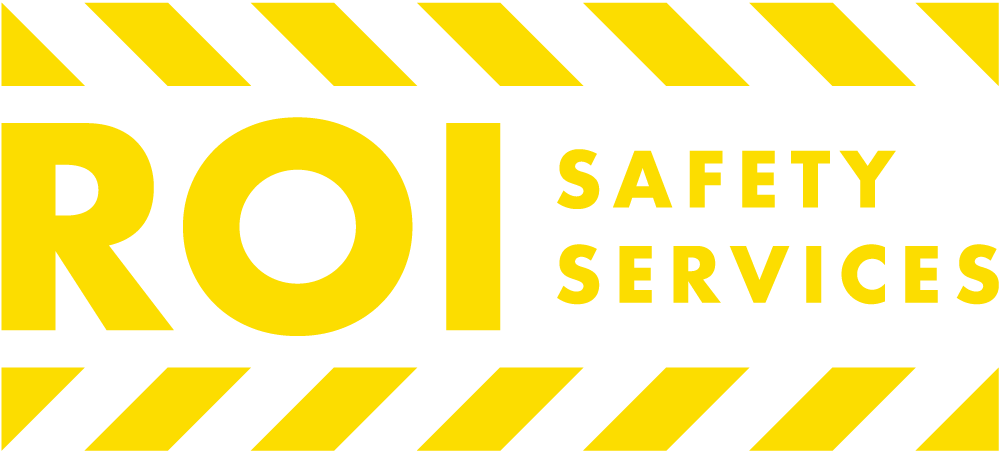
The US Department of Labor’s Occupational Safety and Health Administration (OSHA) has a training program for employees working in specific fields. The Outreach Training Program is a two-tier training course that includes the 10-hour and 30-hour courses. Many people are still perplexed by the distinction between OSHA10 and 30 , despite the fact that they’re both focused on health and safety measures in the workplace.
OSHA training has established the OSHA Outreach Training Program to educate workers on workplace safety and health. Every year, over one million employees attend these courses to raise their awareness of different hazards and avoid occupational injuries, illnesses, and deaths.
Although OSHA’s 10-hour or 30-hour training is often optional, some states, cities, and businesses insist that their employees obtain these certifications. Furthermore, having an OSHA card can only help you improve your chances of getting a job or a promotion you’ve been seeking for.
What is the Difference between OSHA 10 and 30?
Construction, general, and maritime employees may participate in 10-hour or 30-hour outreach training programs. Workers in the construction, general, and maritime industries can choose between 10-hour and 30-hour training, whereas disaster site workers have to pick between 7.5-hour and 15- hour training.
The most apparent distinction between OSHA 10 and 30 is that one course takes at least 10 hours and the other takes at least 30 in the training requirements.
The 10-hour course is designed for inexperienced and non-supervisory staff. It’s meant to be awareness training, in which workers get familiar with typical workplace dangers. They learn about the recognition, avoidance, abatement, and prevention of these risks. Workers can also discover their rights, how to file a complaint regarding OSHA violations, and the responsibilities of their employers.
The 30-hour course is designed for managers and those in charge of a certain amount of safety and health risk. This course covers a broader range of topics, including workplace hazards, and goes into greater detail on each one. It’s considered a more varied sort of education than the 10-hour programs.
Differences between topics
Given that the OSHA program lasts 20 hours longer, it’s reasonable to expect some differences in their content. Here are some differences you can expect:
Construction Industry
OSHA 10 construction course topics are divided into two parts, and the latter lasts six hours. The following are the mandatory components with your outreach trainer:
Overview of OSHA (employer responsibilities, worker rights, and filing complaints)
- The OSHA Focus Four Hazards (falls, electrocution, caught-in or between, and struck-by)
- Construction Sites and Health Risks
- Personal protective and lifesaving equipment
The OSHA 30 construction course lasts fourteen hours and includes two more topics, both of which are required:
- Managing Safety and Health at Work
- Ladders and Stairways
In two hours, the OSHA 10 construction course must cover at least two of the following topics in your safety training:
- Cranes, Elevators, Hoists, Derricks, and Conveyors
- Scaffolds
- Excavations
- Materials Handling, Storage, Use, and Disposal
- Stairways and Ladders
- Power and Hand Tools
Stairways and Ladders is a required topic in the OSHA 30 training program according to OSHA standards. In addition, there are ten optional topics in OSHA 30, at least six of which must be covered in twelve hours of the education center to ensure pure safety:
- Confined Space Entry
- Concrete and Masonry Construction
- Ergonomics
- Fire Protection and Prevention
- Motor Vehicles, Marine Operations, and Mechanized Equipment; Overhead Protection and Rollover Protective Structures; Signs, Signals, and Barricades
- Safety and Health Programs
- Steel Erection
- Powered Industrial Trucks
- Welding and Cutting
- Foundations for Safety Leadership
The final two hours of the ten-hour training program are optional; the four-hour portion of the 30-hour course is likewise available. Both of these segments are intended to go deeper into construction work hazards, regulations, and themes previously covered in earlier parts.
General Industry
The OSHA 10 in the general industry lasts for six hours and includes the following topics:
- Introduction to OSHA (employer responsibilities, worker rights, and filing complaints)
- Fire prevention strategies, building and business exit routes, emergency action plans, fire protection measures, and other related documents
- Walking and Working Surfaces
- Electrical Safety
- Personal Protective Equipment
- Hazard Communication
Important Facts About OSHA 10 and OSHA 30
Regardless of which course you choose – whether the OSHA 10 hour training or 30 for any industry that suits you – you need to be aware of the existence of fraudulent trainers and organizations. To avoid courses that won’t lead to a valid OSHA card at the end, keep in mind that only OSHA authorized trainers can offer these types of courses and provide course completion cards.
OSHA keeps a list of all authorized trainers with their names and contact information. Before you decide which organization or trainer to go for, look them up, and check whether they are working in compliance with OSHA.
You can choose between on-site and online training for any of these courses. According to OSHA’s statistics, the rate of online training has drastically increased during the COVID-19 pandemic. Take advantage of that if you’re not comfortable with being around larger groups of people.
Main Takeaway
It is entirely optional for employers to require employees who work with hazardous chemicals to attend the OSHA Outreach Training courses. Your employer might request it, and some states and cities have made it a requirement, but OSHA does not make it a must-do.
The OSHA 10-hour course is ideal for anybody who does not supervise others and simply wants to learn about workplace safety, how to avoid the most common dangers, and what to do in the event of an emergency. The OSHA 30-hour program is superior if you are a supervisor or have some responsibility for the health and safety of others.
The most significant difference between these two programs is the amount of time devoted to each area. The 30-hour course gives you a greater understanding of each topic and more ground to cover. Your employment duties and responsibilities will partly determine whether you take one or the other.
If you or your company is looking for OSHA Safety Training contact ROI Safety Services Today at 714-520-1608.

